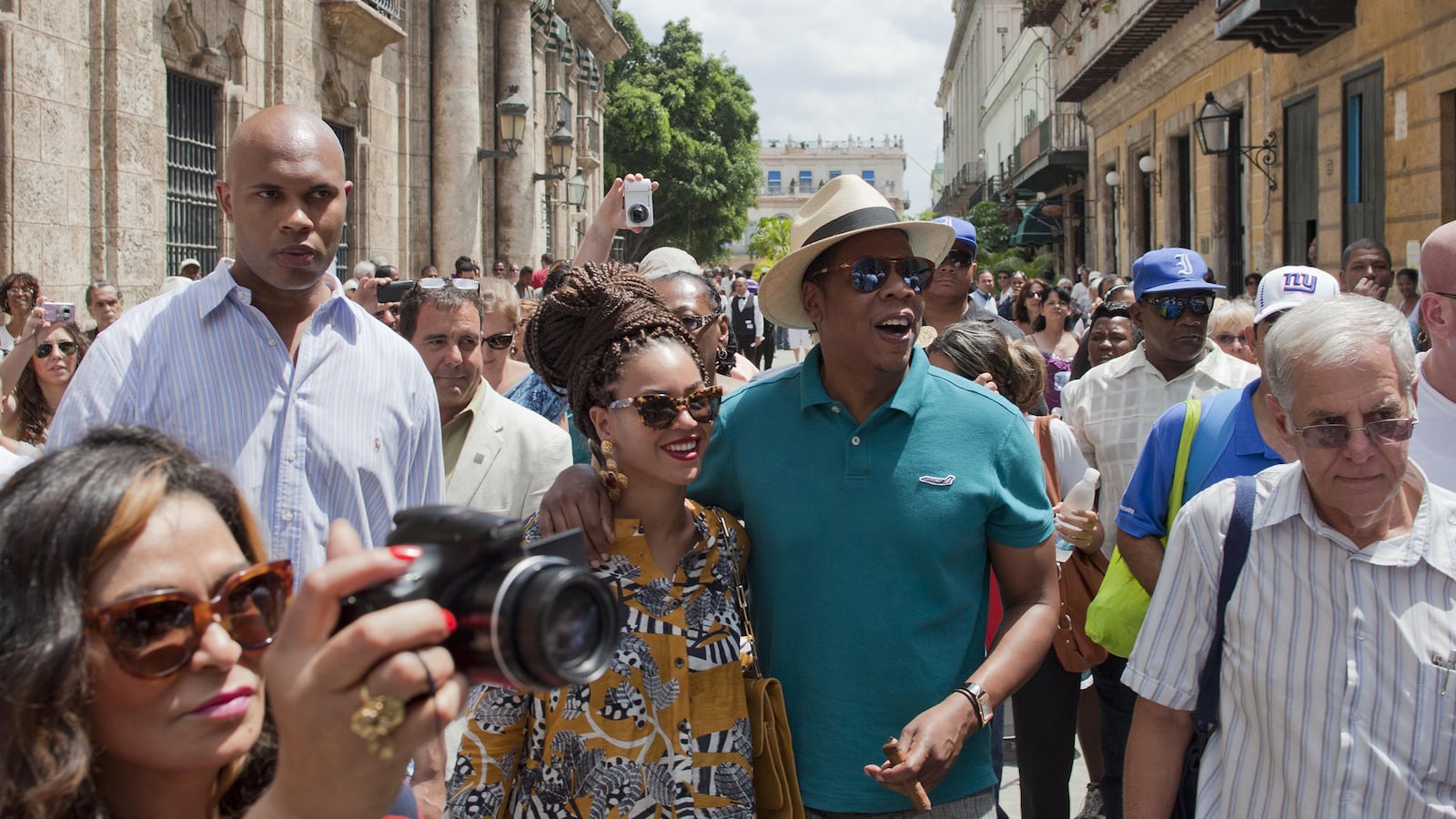U.S. airlines have been waiting a long while. They have pushed into just about every other corner of the Caribbean and Central America where airports exist. But there was never a prospect more juicy than Cuba. So near and yet—til now—so far.
Although the travel embargo remains technically in place, President Obama’s new rapprochement with Cuba will make it much easier for Americans to travel there. Airline CEOs get the message. The embargo will eventually go, and Cuba could well become the fastest growing market for domestic carriers on a scale not seen for decades since deregulation.
For an airline like Jet Blue, relatively young and shrewd at spotting unfilled demand, in recent years the Caribbean has already been a bonanza. For example, since 2011 it has been adding 30 per cent more capacity per year on flights to Puerto Rico. The trick has been to create nonstops from cities like Boston that were under-served.
However, as the airlines salivate at the prospect of returning to Cuba, for those in the Caribbean travel industry, particularly in places where Americans flock in large numbers like Cancun and Jamaica, this has been their ultimate nightmare, a specter that they have feared for years: if Cuba opened up, Americans would rapidly make it their first preference.
After all, before Castro appeared and the island was run by the United Fruit Company and other American interests, this was a great playground only 90 miles from Miami and famous for its fleshpots and gambling.
But before a new tide of tourists can flow from Miami to Havana, Cuba will need to build more runways. The two airports taking the most tourist traffic, Havana and Varadero, are already at near capacity in peak season with flights from Canada, Europe and Latin America.
More runways, more hotels, more roads, more infrastructure? The island faces an environmental challenge of huge proportions. With more than 3,000 miles of coastline, Cuba is the Caribbean’s largest island and the most ecologically diverse. There are six UNESCO biosphere reserves and nine UNESCO World Heritage sites.
Although tough environmental controls were put in place in 2000, enforcement has been haphazard. Surging coastal development has destroyed natural protection—mangroves and wetlands, just at the time when Cuban scientists calculated that climate change would wreak havoc.
They estimated that by 2100 sea levels would rise by up to three feet, seriously damaging as many as 122 coastal towns and even making some uninhabitable. People living on the shoreline have already seen serious erosion, some of it created by the kind of unbridled resort development that has been allowed in Varadero. There will be a lot of talk about “sustainable” development, but so far that has been elusive.
There are still large tracts of the island, particularly on the north coast, that are undeveloped. This was a paradise powerfully evoked in Ernest Hemingway’s last unfinished novel, Islands in The Stream. Sometimes when Hemingway’s friends and family visited him in his Havana home, Finca La Vigia, they would take the Pan American clippers from Miami.
Pan Am was once an imperial power in its own right, girdling the globe. One of its earliest routes was Miami to Havana. The founder of Pan Am, Juan Trippe, knew how business was done in the Caribbean. Just before Christmas, 1925, he made a record-breaking flight to Cuba, in 125 minutes, in a Fokker trimotor with overheating engines.
There was no publicity at the time about the deal he made with an old connection from his days at Yale. Pan Am was granted landing rights at Camp Colombia, an army base near Havana. It was a sweet deal, with tax breaks and other concessions. It set a pattern for many other transactions between Trippe, other titans of corporate America and Cuba’s rulers.
It’s a different Cuba now. But who knows how labyrinthine and supple the deal making will turn out to be as, once again, American wings covet the Cuban routes?





